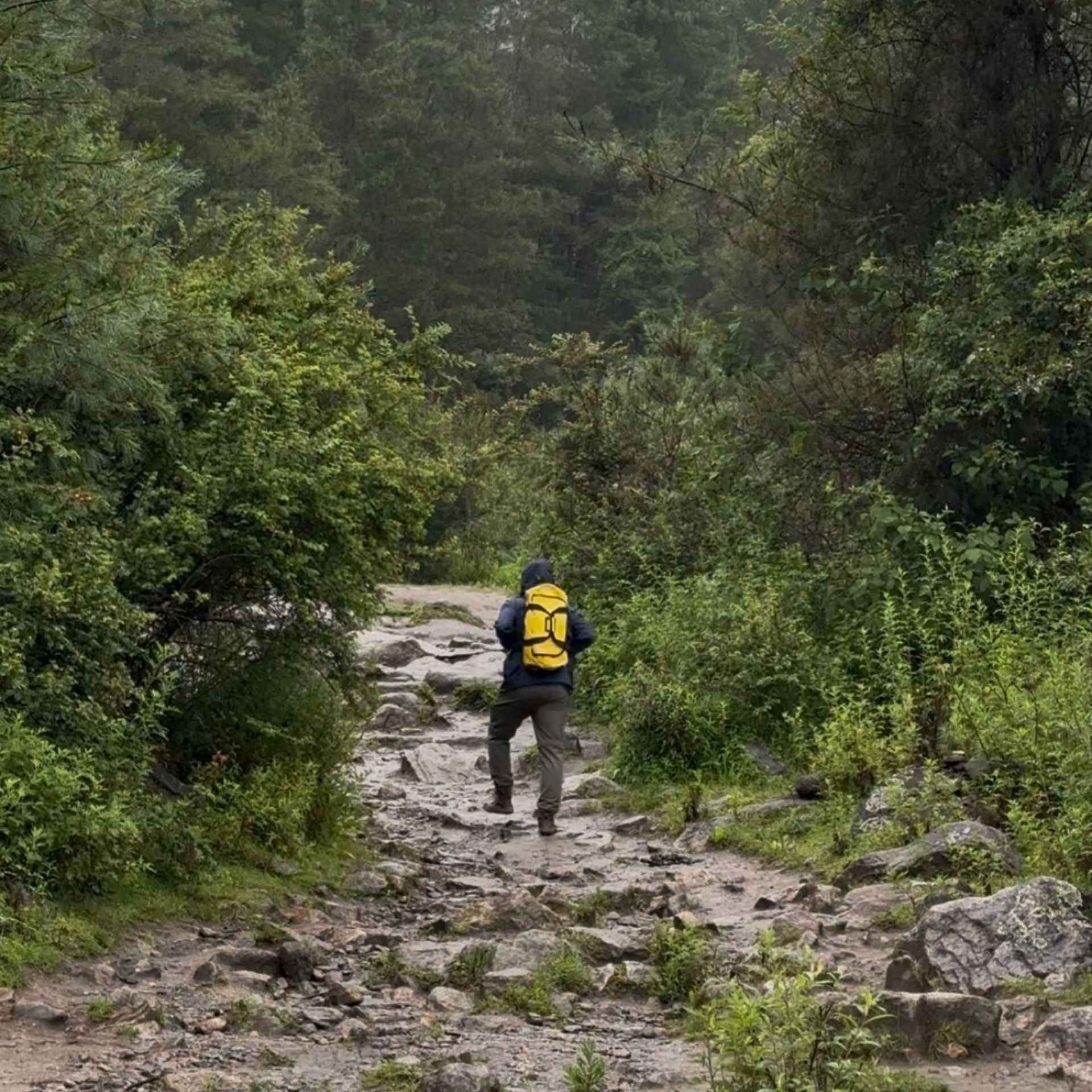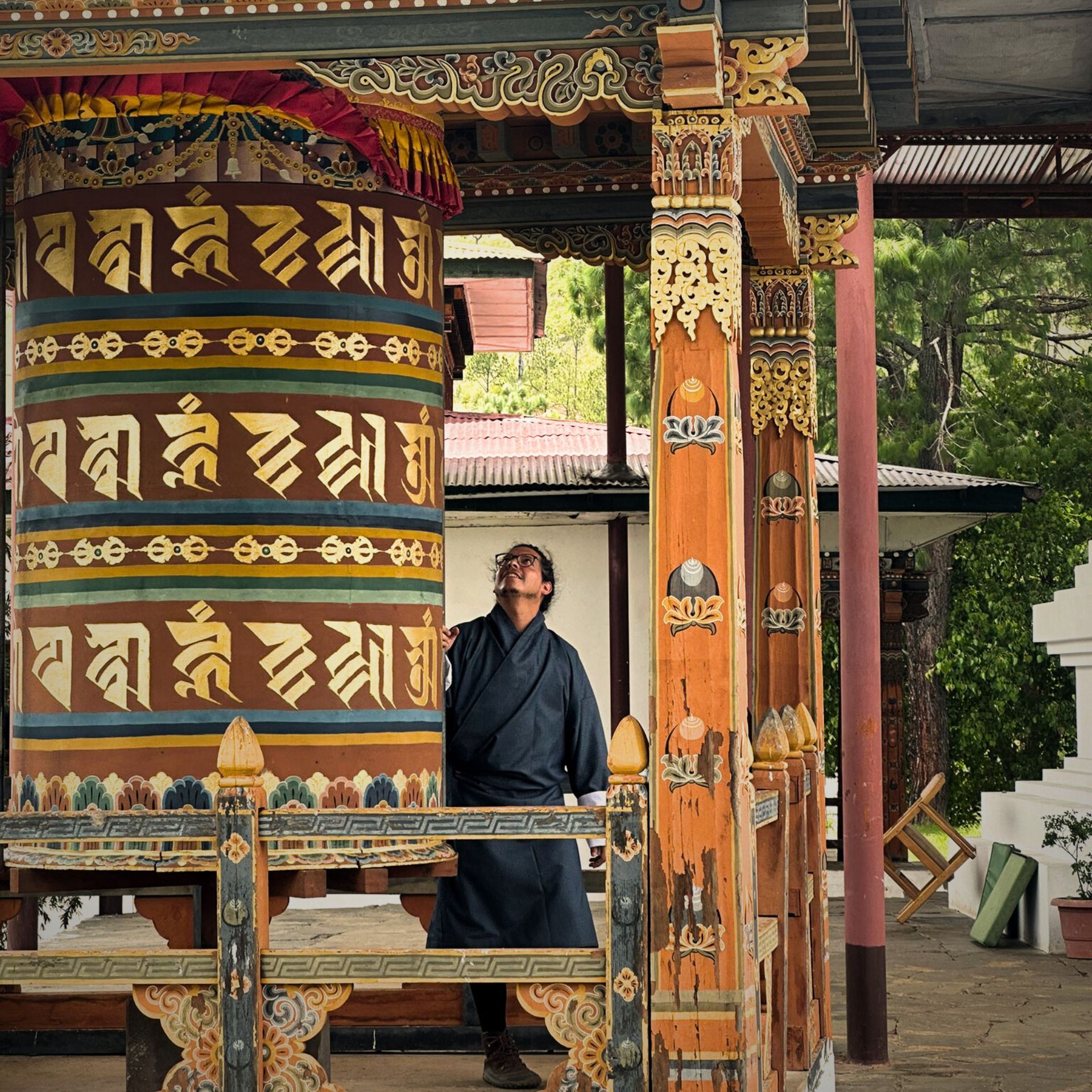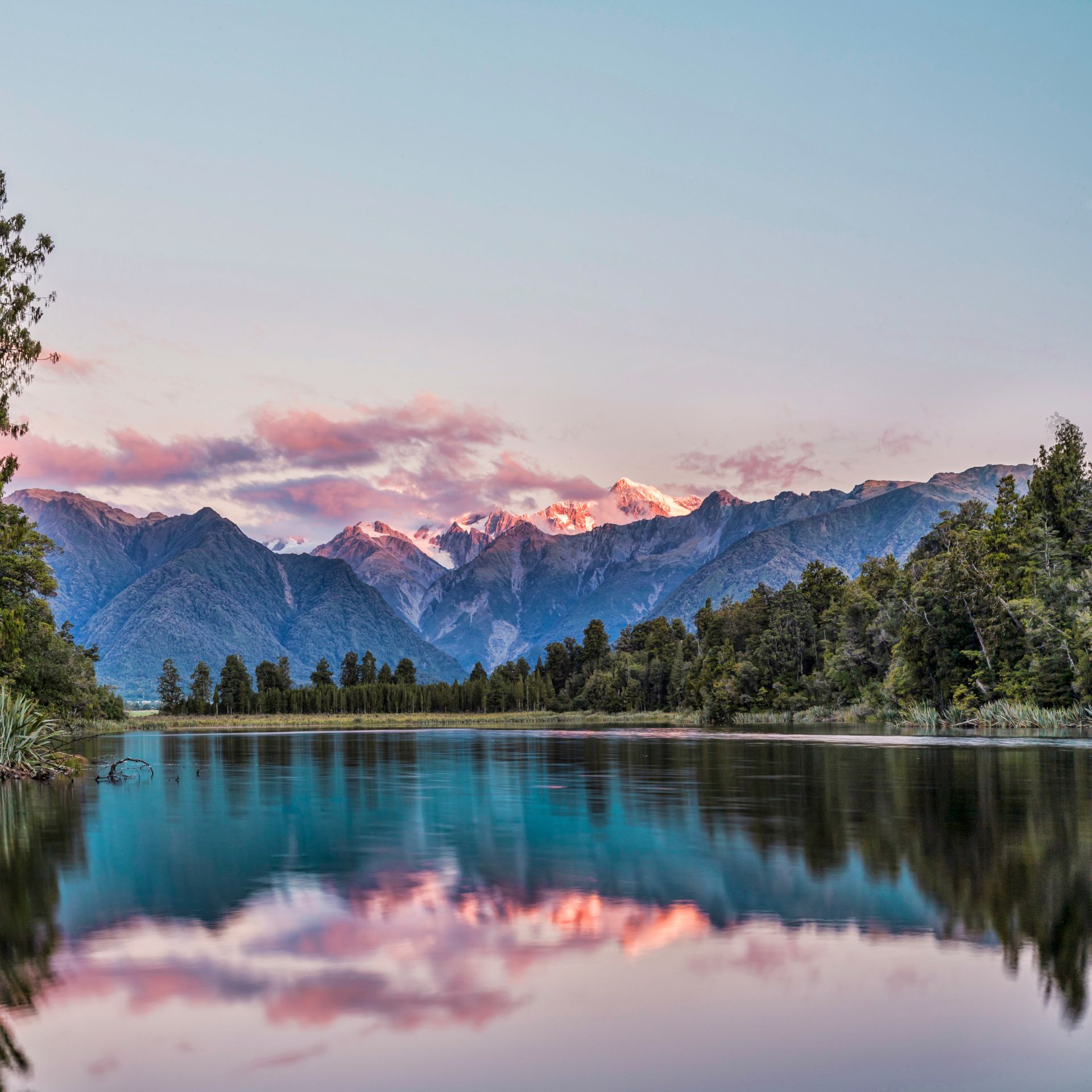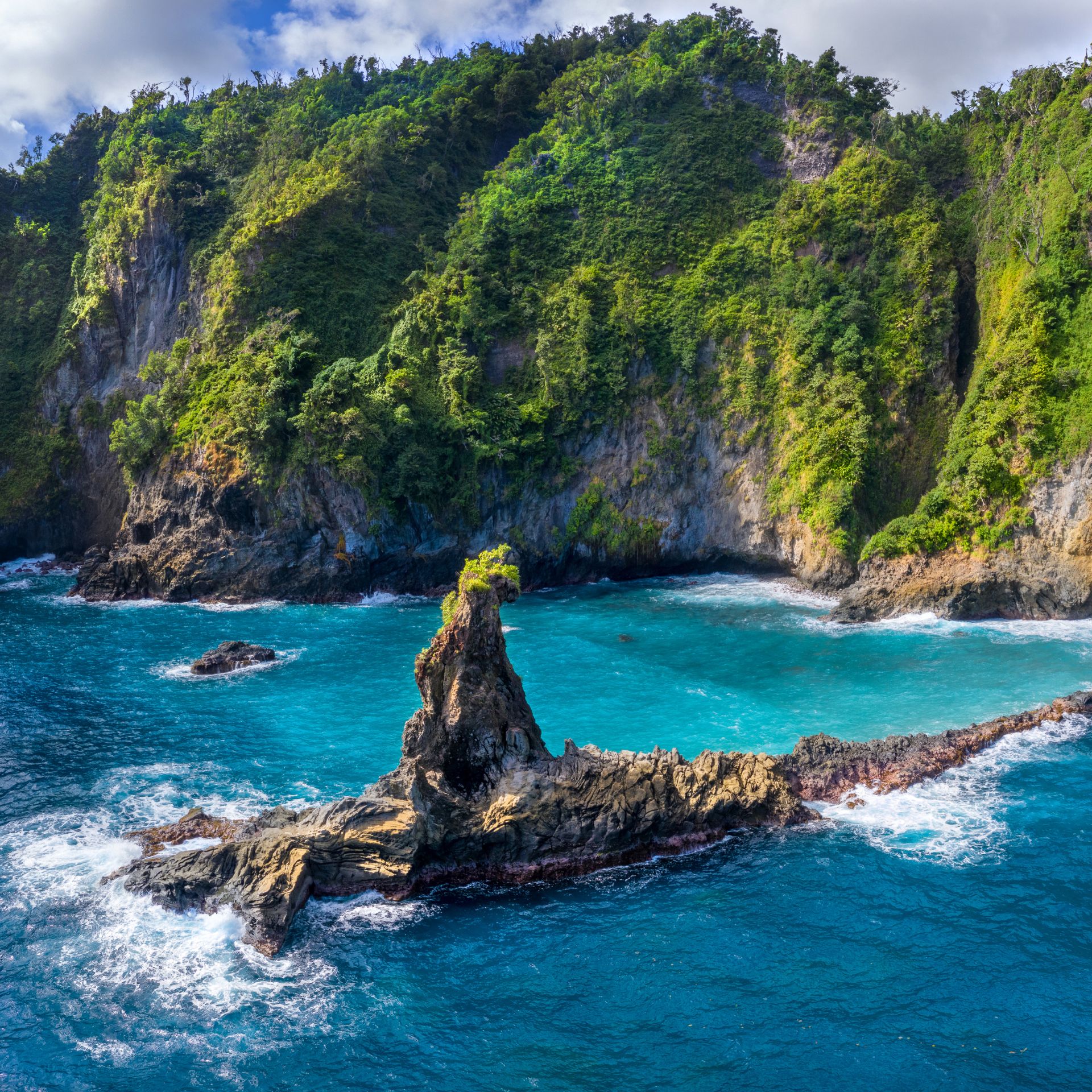Do you know about the ongoing efforts to preserve Saint Lucia’s rainforests and the impact in the local communities and the planet?
Saint Lucia is a true Caribbean paradise. The island has stunning beaches, volcanic landscapes, and magical rainforests. These rainforests are vital for biodiversity and local culture. When I visited, I was fascinated by the vibrant greenery and diverse wildlife. Such a combination of green forests and Caribbean beauty seemed in some way a bit surreal to me.
However, preserving these complex ecosystems in small areas is challenging. Deforestation, climate change, and economic pressures threaten their existence. Despite these challenges, numerous conservation efforts are making a real difference.
In this article, I want to explore the current state of Saint Lucia’s rainforests, the initiatives to protect them, and the impact of these efforts.
Read more: How to plan a 3-day itinerary in St Vincent and the Grenadines
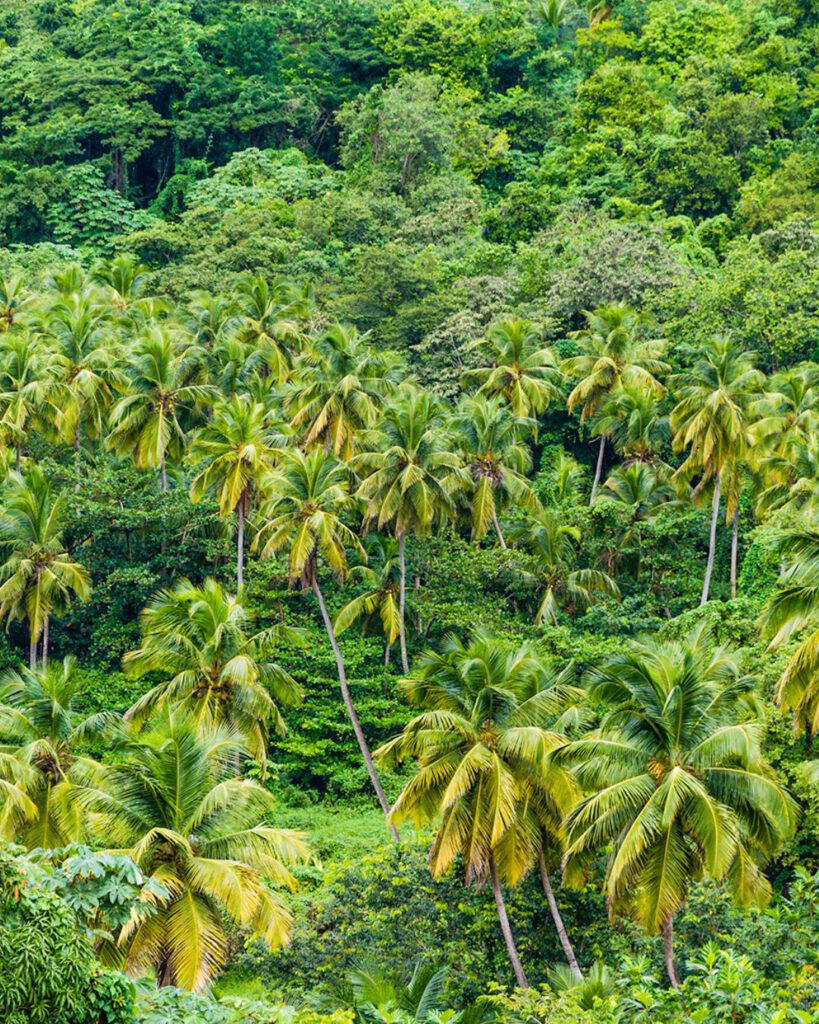
What’s happening today in Saint Lucia?
Saint Lucia is green. Very green! Saint Lucia’s rainforests cover about 77% of the island, according to the UN FAO. Such a large amount of green provides crucial habitats for many unique species. These forests also help maintain the water cycle, prevent soil erosion, and support local livelihoods through eco-tourism and sustainable farming. Yet, deforestation from agriculture, logging, and urban development poses a severe threat.
Climate change worsens these issues, with more frequent hurricanes, longer droughts, and rising temperatures disrupting the delicate balance of these ecosystems. Economic pressures often favor short-term gains over long-term sustainability, further endangering the rainforests.
What are the challenges in Preserving Saint Lucia’s Rainforests?
Balancing economic development with environmental preservation is a major challenge. Tourism, agriculture, and small-scale logging are essential for the island’s economy but can lead to deforestation if not managed well. Limited financial resources and technical expertise make implementing and enforcing conservation policies difficult.
Public awareness and engagement are also critical. Not everyone understands the long-term benefits of rainforest conservation, which can lead to a lack of support for these efforts.
Despite these challenges, various initiatives are underway to protect and restore Saint Lucia’s rainforests. These efforts involve government agencies, local NGOs, and international organizations.
Government-Led Conservation Efforts:
The Government of Saint Lucia has several policies and programs to protect the rainforests. The Forestry Department manages protected areas like the Edmund Forest Reserve and the Quilesse Forest Reserve, safeguarding biodiversity and providing refuge for endangered species such as the Saint Lucia parrot.
The government also collaborates with international organizations to enhance conservation efforts. The Sustainable Development and Environment Division, for instance, works with the United Nations Development Programme (UNDP) on the Sustainable Land Management initiative, promoting sustainable agricultural practices and reforestation to combat land degradation and deforestation.
Non-Governmental Organizations (NGOs):
Local NGOs are critical in rainforest conservation. The Saint Lucia National Trust (SLNT) conducts educational programs to raise awareness about rainforest importance and advocates for policy changes. Another NGO is the Caribbean Natural Resources Institute (CANARI), which promotes sustainable use and management of natural resources. In Saint Lucia, CANARI engages in community-based projects that empower locals to protect their environment, including reforestation efforts, sustainable livelihoods, and environmental education.
Community-Based Initiatives:
Community involvement is key to conservation success. The Fond Gens Libre Development Committee, for example, restores degraded lands through tree planting and sustainable farming, improving local food security and providing economic opportunities. The Des Barras Community Group protects the Des Barras Rainforest, a critical habitat for the Saint Lucia parrot, involving locals in conservation activities to foster a sense of ownership and responsibility.
Read more: How to plan an island hopping trip in the Caribbean
Read more: Water Made from Air – The Sustainability Project That Can Change the World
Read more: How to Get Around Dominica
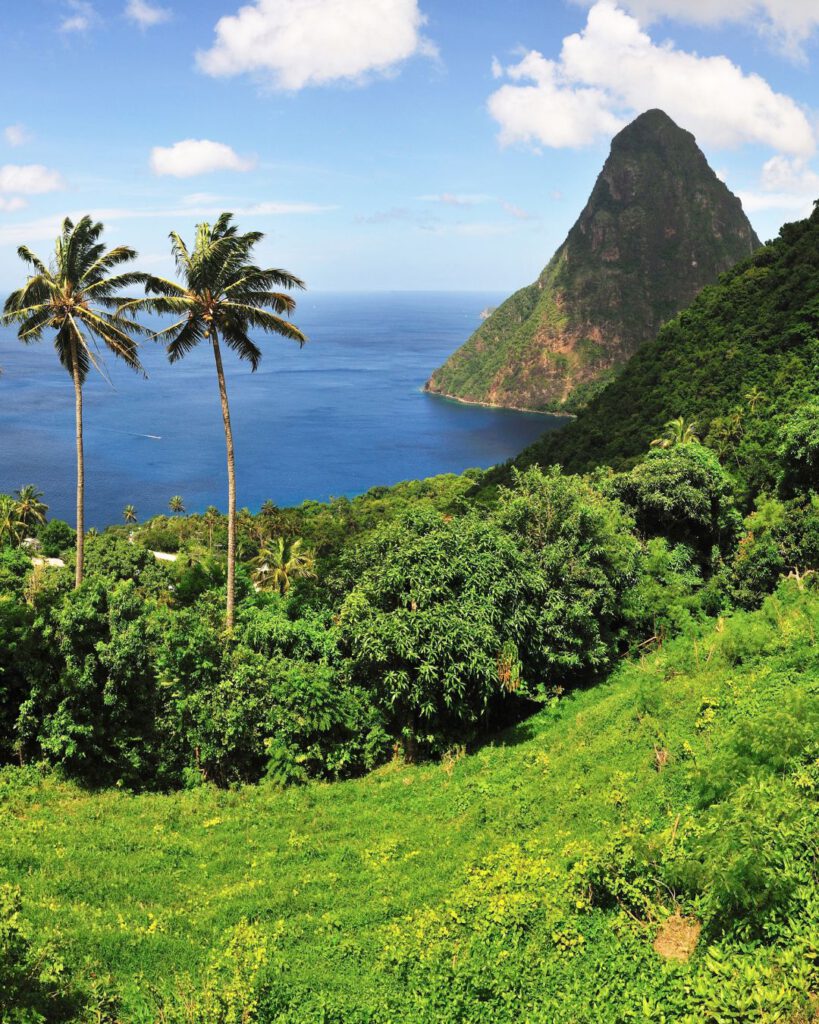
The Impact of these Conservation Efforts
These combined efforts have significantly impacted the preservation of Saint Lucia’s rainforests, increasing forest cover, improving biodiversity, and enhancing ecosystem services like water regulation and soil protection.
Biodiversity Conservation:
Conservation initiatives have protected and restored habitats for various species, including the Saint Lucia parrot, white-breasted thrasher, and Saint Lucia whiptail lizard. Protected areas play a crucial role in safeguarding these species and ensuring their survival.
Community Benefits:
Community-based projects provide socio-economic benefits by promoting sustainable agriculture and eco-tourism, reducing pressure on rainforest resources. Environmental education programs have increased awareness and fostered a culture of conservation among locals.
Ecosystem Services:
Reforestation and sustainable land management practices improve ecosystem services, such as water regulation, soil erosion prevention, and carbon sequestration. These benefits are vital for mitigating climate change impacts and ensuring the long-term sustainability of Saint Lucia’s natural resources.
Read more: How to get around in Saint Lucia
Read more: How to plan a Road trip in Curaçao
Read more: Exploring Dominica – The Greenest Island of the Caribbean
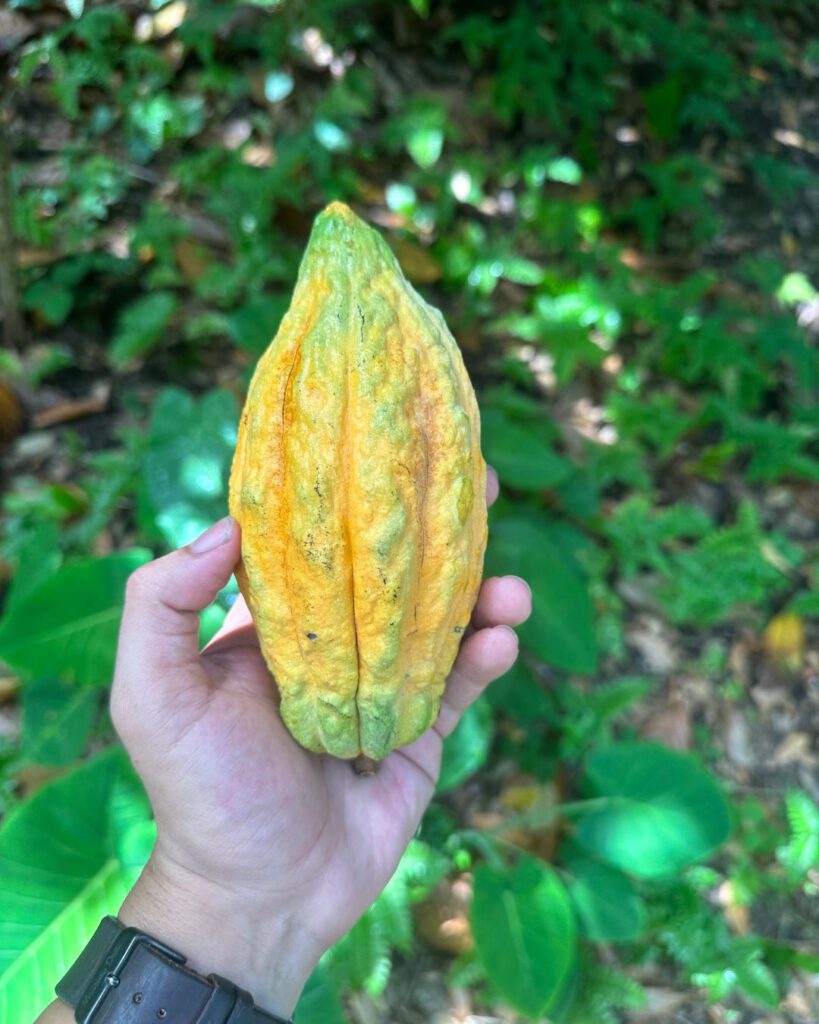
The preservation of Saint Lucia’s rainforests is a complex process requiring collaboration from various stakeholders. Government agencies, NGOs, and local communities all play crucial roles. Through policy measures, community engagement, and sustainable practices, significant progress has been made in conserving these vital ecosystems.
These efforts benefit the environment and contribute to Saint Lucia’s socio-economic development, creating a more resilient and prosperous future for the island. As visitors and global citizens, we can support these efforts by promoting sustainable tourism and advocating for the preservation of our planet’s precious natural resources.


